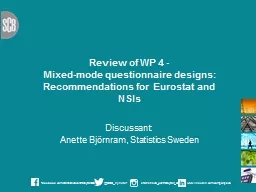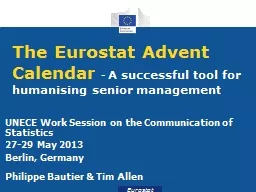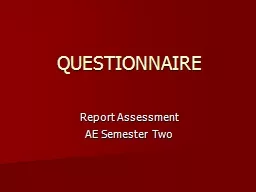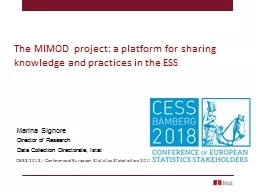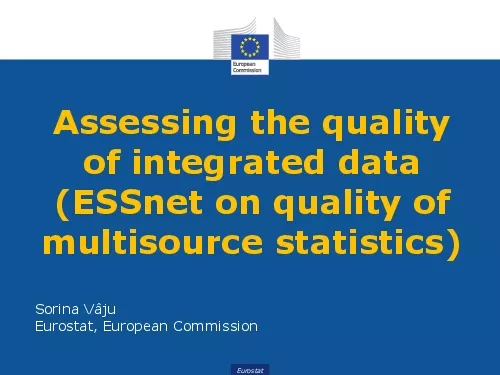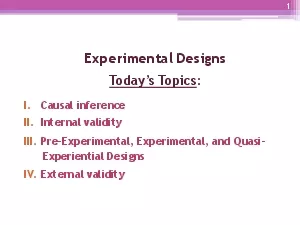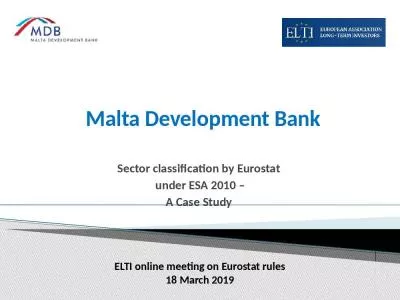PPT-Review of WP 4 - Mixed-mode questionnaire designs: Recommendations for Eurostat and NSIs
Author : greemeet | Published Date : 2020-08-06
Discussant Anette Björnram Statistics Sweden Brief presentation Working at the cognitive lab at Statistics Sweden since12 years questionnaire design
Presentation Embed Code
Download Presentation
Download Presentation The PPT/PDF document "Review of WP 4 - Mixed-mode questionnai..." is the property of its rightful owner. Permission is granted to download and print the materials on this website for personal, non-commercial use only, and to display it on your personal computer provided you do not modify the materials and that you retain all copyright notices contained in the materials. By downloading content from our website, you accept the terms of this agreement.
Review of WP 4 - Mixed-mode questionnaire designs: Recommendations for Eurostat and NSIs: Transcript
Download Rules Of Document
"Review of WP 4 - Mixed-mode questionnaire designs: Recommendations for Eurostat and NSIs"The content belongs to its owner. You may download and print it for personal use, without modification, and keep all copyright notices. By downloading, you agree to these terms.
Related Documents

